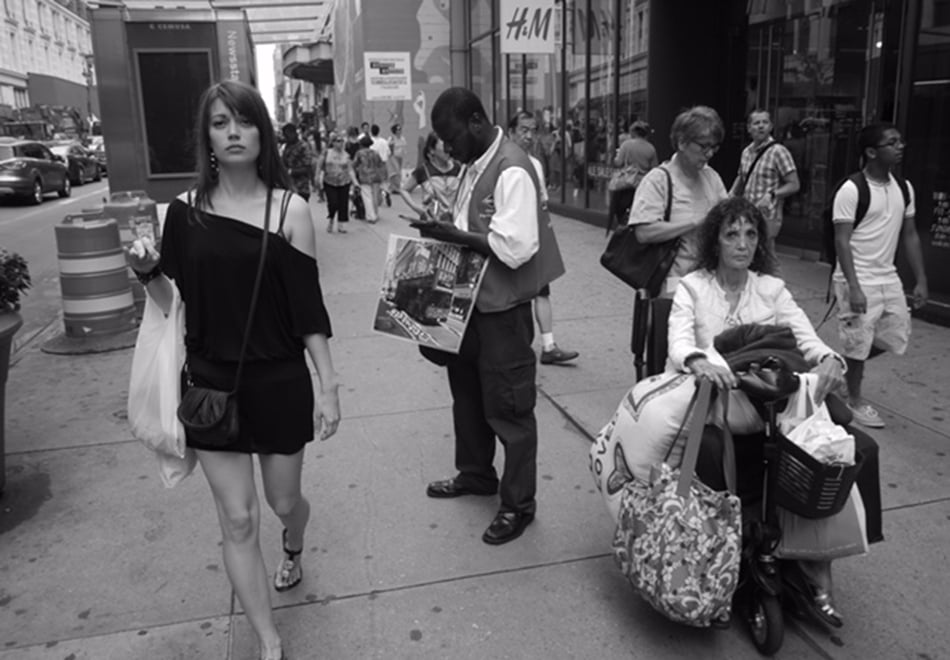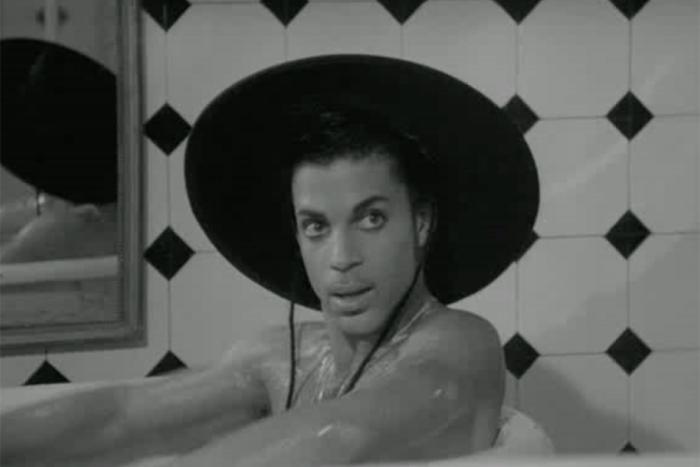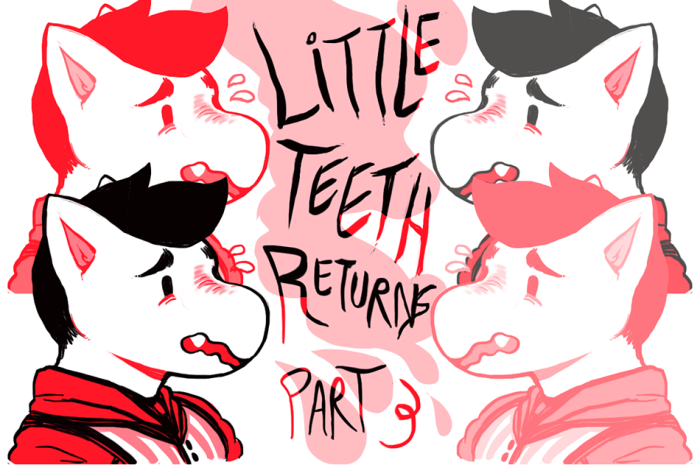Artists of every stripe incline even at their best to overweening gravitas, photographers included. The medium tends to invite such airs. Received on one side with idolatry, shunned on the other as the mere industry of hobbyists, photography arouses in us—practitioners, collectors, and critics alike—questions that at times seem no more than hifalutin riddles. What is this thing that both reflects our world and apparently stands beside it? we ask, pendulous between despair and delight.
Salman Rushdie said, “A photograph is a moral decision.”
Alfred Stieglitz said, “Photography is a reality so subtle that it becomes more real than reality.”
Susan Sontag said the photograph is “an ethics of seeing.”
Sontag said, as well, that to “photograph is to appropriate the thing photographed,” and that “to collect photographs is to collect the world.”
Sontag said, further, that to “photograph people is to violate them, by seeing them as they never see themselves, by having knowledge of them that they can never have; it turns people into objects that can be symbolically possessed. Just as a camera is a sublimation of the gun, to photograph someone is a subliminal murder—a soft murder, appropriate to a sad, frightened time.”
And William S. Burroughs, taking Sontag’s last thought to its logical extreme, said, “There is in fact something obscene and sinister about photography, a desire to imprison, to incorporate, a sexual intensity of pursuit.”
But for me, a photograph is no more a memory or a gun than it is a murder or a moral code. Life itself is morality in progress, and the photograph is but one of the countless products of living, a means both to memory and anticipation. Still, it’s as far from the reality of the thing it purports to have captured as we are from the nearest black hole. That inclination to perceive the photograph as an instrument to judge, contain, kill, or even rape—as opposed to one that enables us simply to make sense of our relationship to that with which we share the world—reflects more our modern condition than anything else. For too many of us, in a world where time and space are contracting faster than we can reasonably abide, reality itself is that proverbial rug pulled endlessly from beneath our feet. In the perpetual freefall that is life today, the future is always now and yet somehow, vexingly, always past. And the present, and the peace of living in it, is as much the object of our nostalgia as the halcyon days we believe have slipped away. From this vantage, the image of what was, as presented in the photograph, carries a heavy burden: the weight of what we want to hope will forever remain. So long as we can hold the image in our hands, then, if only in the gizmo in our hands, we can soothe ourselves with the fantasy that we are in control, that in possessing what was we possess as well what is and might still be.
Don DeLillo, among others, saw this clearly. “We’re not here to capture an image,” he said, “we’re here to maintain one … We see only what the others see. The thousands who were here in the past, those who will come in the future. We’ve agreed to be part of a collective perception.”
Diane Arbus, too, understood this well. “A picture is a secret about a secret,” she said. “The more it tells you the less you know.”
Franz Kafka, when told that “the necessary condition for an image is sight,” said, “We photograph things in order to drive them out of our minds. My stories are a way of shutting my eyes.”
And, finally, piercingly, Gary Winogrand said, “A still photograph is the illusion of a literal description of how a camera saw a piece of time and space ... A photograph can only look like how the camera saw what was photographed.”

A single, inestimably complex pattern within which numberless patterns rise and fall in endless codependence of matter and form—this is The Real, hence the wisdom from Zen, “Form is emptiness, emptiness form.” A koan for some, the verity’s easier to unpack when we view it through the scope of our bottomless human insistence.
The moment we want something to be, we make it be. The truth, regardless of context, is often a pesky nuisance—by hook or by crook, we are getting our way. How else could the Emperor be decked out in the planet’s sartorial best when plainly he is naked? This is the vantage—that of desire—from which best to see this puzzle’s meaning: Form is emptiness full of thought, and emptiness form without it. Or, put another way yet: Without thought, there is no I; without I, there is no you; without you, there is no Other.
The lack of “effect” in Bialer’s work is both its affect and a function of these concerns. Looking at his pictures, we’re not supposed to revel in “style.” Often, though the work does in fact reveal his style—the pictures reflect Bialer’s mind when he makes them, which, for all the hoopla tossed about as to the nature and meaning of style, is the definition of it—the pictures at times feel crooked or flat or, like a child’s drawing, depthless. Composition isn’t premeditated, but presented. Color, what there is of it, even in black and white, derives from exposure, itself a function of time and place in concert with his camera’s automated settings. Nothing’s clean, nothing’s formal, nothing smacks of the professional, professional though they are.
But this is the point. The style of Bialer’s pictures reflects The Real the pictures exist to convey—just this, just this, just this, nothing more, nothing less.
The walks and ways north of 14th Street and south of 57th, Bialer’s preferred terrain, are teeming with humanity, locals and tourists both, as we see, some with destinations, others only wandering, some working the streets themselves, others watching the workers work it. The whole—like the images Bialer makes of its parts, like the photographs the images are part of—is a tableau of untold bazillions of quantums of matter incessantly, eternally moving. It’s a mother lode of potential to a man with a passion for coaxing from their hiding places right before our eyes these myriad levels of patterns.
But whatever we see in these pictures, it’s critical we understand that the last thing they suggest, superficially, anyway, is comfort or repose.
It’s equally important to realize that none of them hint at mayhem or madness, either, even those in which reflection-fraught windows—full to bursting with people behind, before, and, obviously, in them—mirror the swarm we’re all part of.
From these photographs, rather, we sense only that nothing is what it seems.
Look, they seem to whisper, here we are, shadows of what once was, if you were there to see it, though either way you didn’t, couldn’t, which is why we’re here, talking to you, now.
And hearing this, if we do hear it, we don’t panic, but relax.
In the end, Bialer’s pictures are a sort of imagistic pig Latin. They speak to us in ways we once spoke to ourselves as children, in tongues that were as plain as they were secret. We told ourselves many things, but mostly we told the truth, the way these pictures do now, again. Hidden though their secrets are, everything is just what it is, as it all should be.






